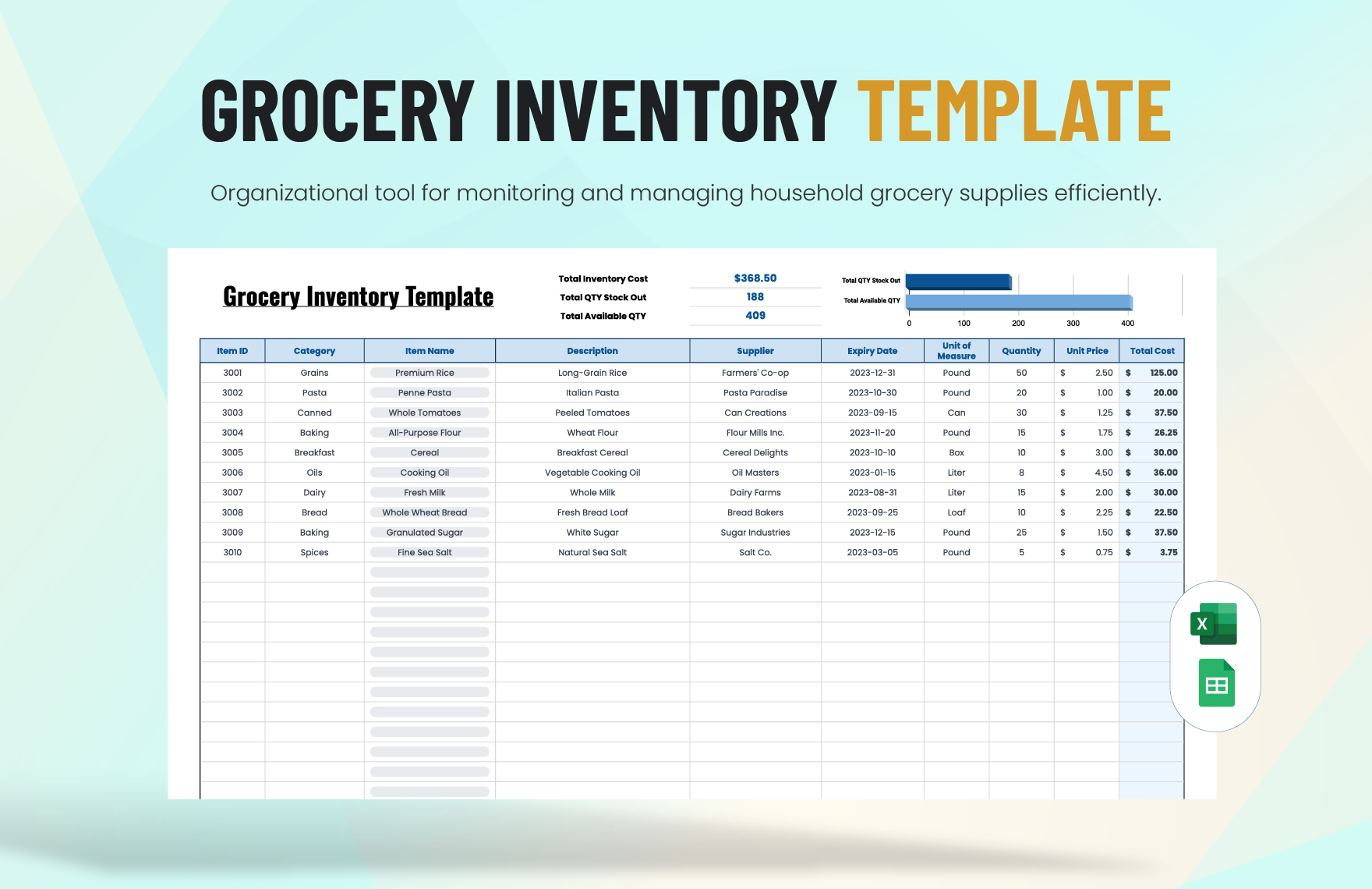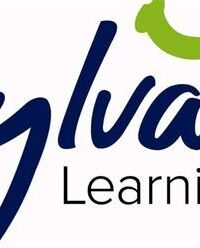Imagine teaching life skills not just within the four walls of a classroom, but out in the real world – at a grocery store, a local bank, or a community center. That’s the essence of Community Based Instruction (CBI), a vital approach for students with diverse learning needs. It bridges the gap between academic learning and practical application, helping students build independence and truly generalize their skills. But as powerful as CBI is, its success hinges on careful planning.
Without a clear roadmap, even the best intentions can lead to fragmented learning experiences. That’s where a well-designed community based instruction lesson plan template becomes your invaluable ally. It provides the structure needed to ensure every outing is purposeful, productive, and aligns with individual student goals. This guide will walk you through the why and how of creating and utilizing such a powerful tool.
Why a Structured Community Based Instruction Lesson Plan Template Matters
CBI is inherently dynamic. It involves navigating unpredictable environments and interacting with the public, which means educators need to be prepared for anything. A structured plan helps manage these variables, ensuring safety, maximizing learning opportunities, and keeping everyone involved on the same page. It transforms potential chaos into a controlled learning environment.
Think about the challenges without a template: forgetting necessary materials, overlooking safety considerations for a particular location, or struggling to consistently track student progress. These issues can detract from the learning experience and even discourage future CBI outings. A template acts as a comprehensive checklist, safeguarding against such oversight.
Beyond mere organization, a robust community based instruction lesson plan template empowers educators to focus more on the student and less on the logistics. When the framework is clear, you can dedicate more energy to adapting instruction in real time, responding to student needs, and fostering genuine engagement with the community environment.
Furthermore, a standardized template supports consistency across different staff members or even different school years. New teachers or paraprofessionals can quickly grasp the objectives and procedures for a CBI activity, ensuring continuity in student learning and program quality.
Essential Components to Include
- Student-Specific Information: Key details, IEP goals, and relevant accommodations.
- Clear Objectives: What specific skills will be targeted and practiced in this outing?
- Location Details: Address, contact information, accessibility notes, and any pre-visit considerations.
- Materials and Resources: A checklist of items to bring, from lesson-specific tools to first aid kits.
- Safety Protocols: Emergency contacts, known hazards, and procedures for unexpected situations.
- Data Collection Methods: How will progress be documented? Checklists, rubrics, or anecdotal notes.
- Generalization Strategies: How will these learned skills be reinforced and applied in other settings?
Benefits for Students and Educators
For students, a well-planned CBI experience means predictable routines and clear expectations, which are crucial for learning and reducing anxiety. They can anticipate what will happen and focus on acquiring the targeted skills. For educators, it means streamlined preparation, efficient instruction, and objective data for reporting progress to families and IEP teams. This systematic approach not only enhances learning but also justifies the time and resources invested in these invaluable community outings.
Crafting Your Own Community Based Instruction Lesson Plan Template
Developing a template doesn’t have to be daunting. Start by thinking about the most common CBI locations and the types of skills you typically address. Consider the core information you always need to gather before, during, and after an outing. It’s an iterative process; your first draft won’t be your last, and that’s perfectly fine.
The beauty of a template lies in its adaptability. While it provides structure, it should also be flexible enough to accommodate the unique needs of each student and the specific demands of varying community environments. Don’t be afraid to leave sections open for customization or to include optional elements that might only apply to certain students or situations.
Collaboration is key when refining your template. Share your draft with colleagues, therapists, and even parents for their input. Their varied perspectives can highlight overlooked aspects or suggest improvements that make the template even more comprehensive and user-friendly. A shared, well-understood template becomes a valuable asset for the entire educational team.
- Identify Core Information: What data points are non-negotiable for every CBI lesson?
- Categorize Skill Areas: Group skills (e.g., vocational, daily living, recreation) to ensure comprehensive planning.
- Design for Data: Integrate simple, efficient ways to collect progress data right into the template.
- Test and Refine: Use the template for a few outings, then review what worked and what could be improved.
- Share and Train: Ensure all staff involved in CBI understand how to use the template effectively and consistently.
Integrating real-world experiences through community based instruction is an indispensable part of preparing students for independent living and meaningful participation in society. The impact of these lessons extends far beyond the moment, fostering confidence and practical competence. A thoughtful approach, supported by a clear planning framework, transforms every outing into a powerful educational opportunity.
By embracing the strategic use of a robust planning tool, educators can ensure that every step taken in the community is a purposeful stride towards student independence. It’s about empowering students with the skills they need for life, and it begins with a well-organized, forward-thinking plan that anticipates needs and celebrates progress.


